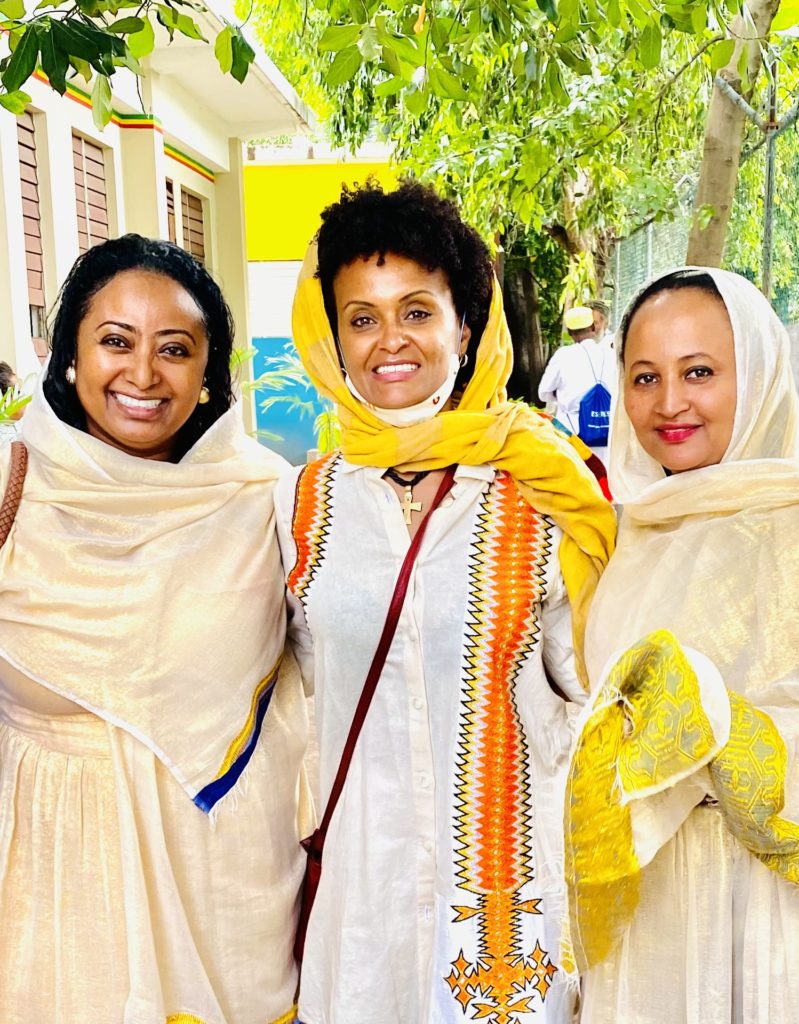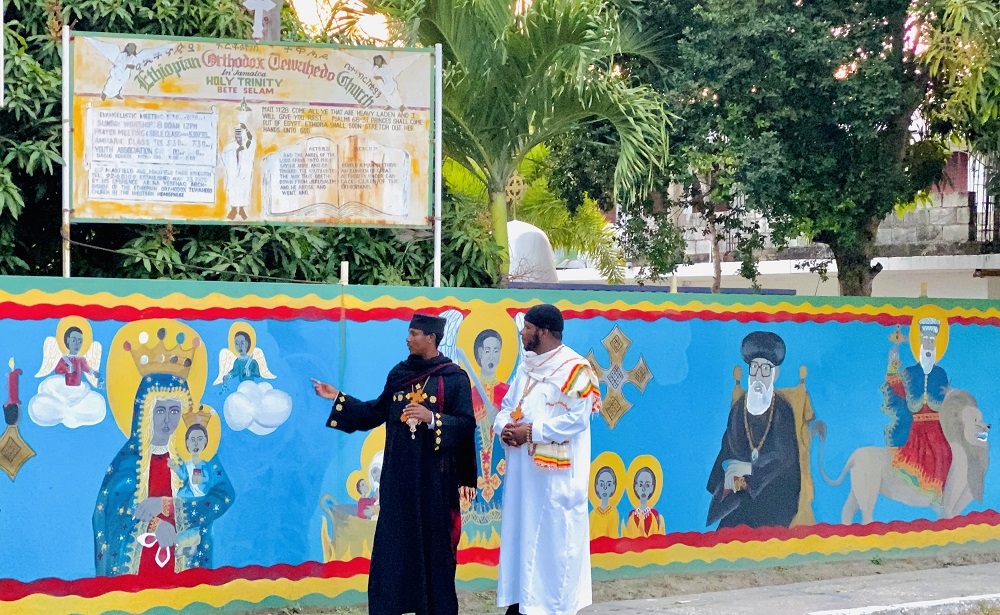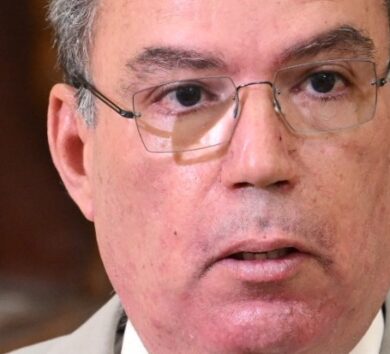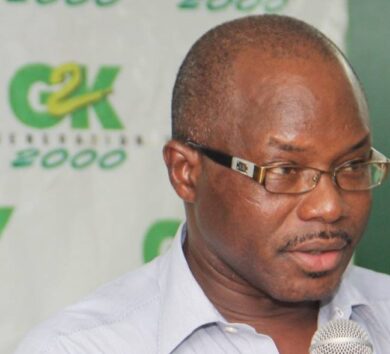

Ethiopia is one of the world‘s ancient civilisations and historical developments in which the Ethiopian Orthodox Christianity has played a major role in shaping the culture, tradition and history of Ethiopia.
The Ethiopian Orthodox Christian faith has been deeply rooted in Ethiopia since biblical times. The Kebra Nagast (The Glory of Kings), to which is linked the introduction of Judaism to this ancient Ethiopian literature and culture through the historical events of the birth of Menelik I, Son of Solomon, King of Israel and Makeda, the Queen of Sheba, of Ethiopia as well as the Ark of the Covenant, which was brought to Ethiopia from Jerusalem.

During the Pan Africanism era in the Caribbean, Marcus Garvey and George Padmore, two Caribbean philosophical and spiritual leaders in the colonial period, who opposed the systems of oppression, when confronted with the question of their identity, they recourse to the Holy Bible which states that man was made in the image and likeness of God. They, therefore, determined that they ought not to adopt the image of their colonial masters seeked spiritual enlightenment in Ethiopia. It took weeks for Cecil Garnet Springer to reach Ethiopia in August 1952 by ship not knowing where he was going but with great determination to bring spiritual enlightenment to his people.
Garvey, in one of his many writings, stated that the time had come for the Afro-Caribbean people to worship their God through the spectacles of Ethiopia and made reference to Psalm 68 verse 31, which states: “Princes shall come out of Egypt; Ethiopia shall soon stretch forth their hands unto God.”

Soon thereafter, Springer, a member of the Garvey movement and a local church committee in Trinidad, decided to send a delegation to Ethiopia to make representations to Emperor Haile Selassie I and the then-patriarch, Abuna Basilios.
The emperor and the church leaders listened to the request of the delegation and decided to send Abba Gebreeyesus Meshesha, an Ethiopian monk, accompanied by Ato Abera Jembere as an interpreter, to Trinidad. They landed in Trinidad on December 16, 1952. Trinidad, therefore, became the first country outside of Ethiopia and Jerusalem where the Ethiopian Orthodox Tewahedo Church was established. Abba Meshesha remained as a missionary and Ato Jembere returned to Ethiopia. And later Abba Meshesha, returned to Ethiopia, was consecrated as a bishop – Abuna Athanasius, the first bishop of the EOTC in the Western Hemisphere including the Americas.
The Ethiopian Orthodox Tewahedo Church (EOTC) in the Caribbean has been expanded considerably since the first church arrival in Trinidad and Tobago 1952, taking its teachings to the rest of the Caribbean countries and the Americas. EOTC subsequently extended to North America in 1959, when a group of Ethiopian priests and deacons were sent from Ethiopia to the Americas by the order of Emperor Haile Selassie, with the blessing of Abuna Basilios, for advanced study.
Currently, there are 25 Ethiopian Orthodox Tewahedo Church throughout the Caribbean. The Church was also introduced to Guyana in1953, Jamaica in 1970, The Bahamas in 1978, St Kitts in 1979, Martinique in 2004, Guadeloupe in 2005, Barbados in 2009 and Antigua in 2009.
There are now 65 members of the Caribbean-born clergy, trained by Ethiopians, in the Archdiocese lending their support to the Archbishop in administering to the faithful.

Currently, His Grace Abuna Thaddaeus is the archbishop for the Archdiocese of the Caribbean and Latin America and has served the people of the Caribbean along with Head Administrator Archimandrite Abba Gebreyesus Woldesamuel. Since the establishment of the EOTC in the Caribbean, Ethiopian patriarchs have visited the Caribbean on two occasions. The first patriarch visit occurred in 1973, by His Emineace Abuna Theophilos when he returned to the Caribbean as patriarch. The visit of His Eminence Abuna Paulos occurred in 1993.
Although the Church has expanded a great deal throughout the Caribbean, there are still several challenges facing the EOTC in the Caribbean. Among these are languages, cultural and traditional barriers, together with the need for greater presence of Ethiopian clergy members throughout the Caribbean.
Additionally, the Rastafari community in the Caribbean, who have identified themselves with the African/Ethiopian identity, have found spiritual harmony and self-contentment by observing the EOTC as their religion of choice. Thus, these same challenges motivates them to continue the traditional practices of the EOTC, while attempting to integrate their Rastafari religious practices (eg. ganja sacrament; Nyabinghi drumming) in their newly-adopted faith.







Comments